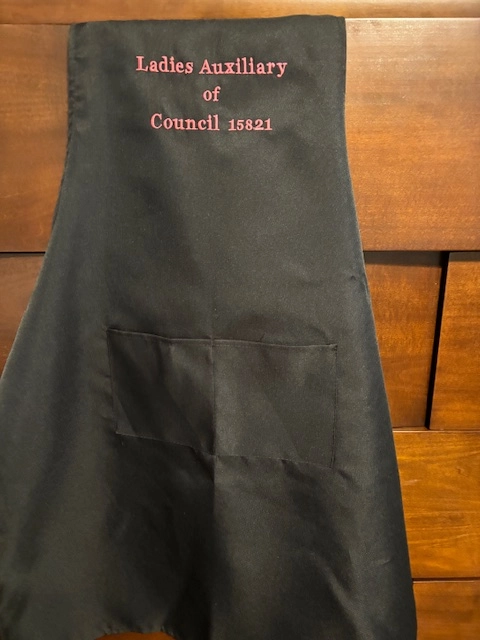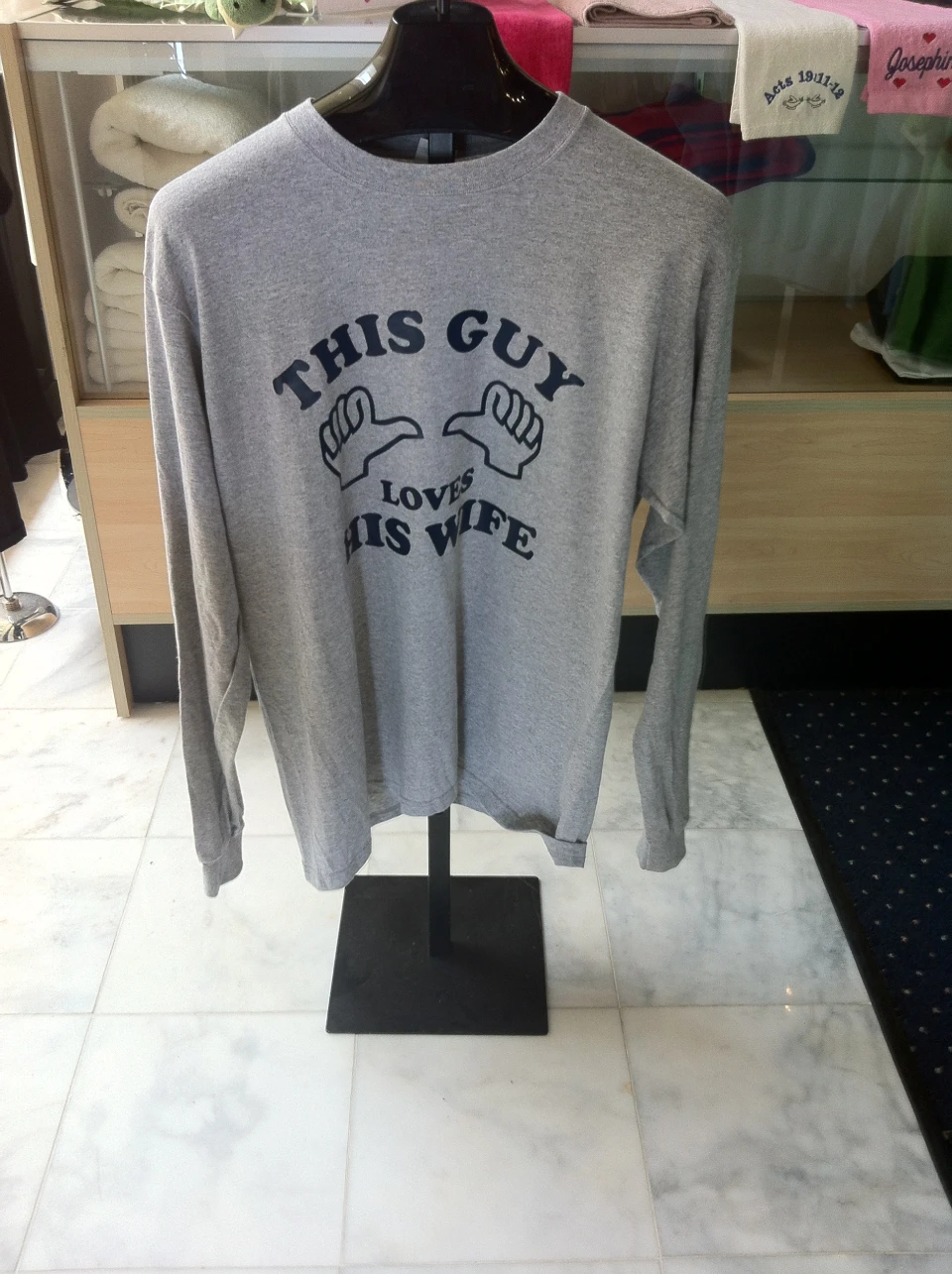The Art of Custom Embroidery: Opening the Secrets to Creating Special and Remarkable Styles
Embroidery, a craft soaked in custom and artistry, holds within its elaborate stitches the power to transform material into a canvas of special expression. The secrets to producing personalized needlework layouts that astound the eye and leave a long lasting impact lie in a delicate balance of strategy, creative thinking, and attention to information. As we dig into the globe of customized needlework, we discover the nuanced interplay in between string selection, sew complexity, and layout personalization that boosts a plain garment to a work of art. Join us on a trip through the art of customized needlework as we untangle the mysteries behind crafting truly remarkable and distinct productions.
Choosing the Right Embroidery Threads
When choosing embroidery threads, what key variables should you consider to ensure the most effective outcomes for your custom styles? The selection of embroidery thread is essential in establishing the last outcome of your embroidered layout. One of the key considerations is the material of the thread. Various materials such as cotton, polyester, rayon, and silk provide varying degrees of shine, toughness, and texture. It is necessary to pick a thread material that enhances the fabric you are embroidering on and lines up with the preferred appearance of the style.
Additionally, the weight or density of the string plays a considerable role in the appearance of the needlework. Thicker strings can add dimension and appearance to your layout, while finer threads are excellent for elaborate information and tiny message. In addition, considering the color fastness and washability of the string is important to make sure that your custom-made designs maintain their quality and vibrancy gradually. By thoroughly assessing these elements and choosing high-quality threads that fulfill your particular requirements, you can boost the aesthetic charm and longevity of your embroidered productions.
Discovering Various Stitch Strategies
To explore the world of 'Discovering Different Stitch Techniques', one have to grasp the complexities and nuances that each stitching technique brings to the art of needlework. Various stitch strategies not just add aesthetic rate of interest but also add to the total appearance and dimension of the style. One prominent stitch method is the satin stitch, which involves carefully jam-packed parallel stitches to produce a smooth and glossy surface, ideal for filling up in forms and producing bold lays out.
On the other hand, the backstitch is a functional technique often utilized for describing and including great details. It includes sewing backward to produce a strong line of embroidery. In addition, the French knot stitch includes a tactile aspect to designs, ideal for producing textured accents like blossom facilities or decorative touches.
Checking out various stitch strategies permits embroiderers to play with light, shadow, and depth within their styles, boosting the aesthetic appeal and creative quality of their needlework jobs. By mastering various sewing techniques, one can open endless possibilities for creating one-of-a-kind and memorable customized needlework items.
Incorporating Personalized Layout Components
Having checked out the his response intricacies of different stitch methods such as the satin stitch, backstitch, and French knot, the focus currently changes towards incorporating tailored design aspects in custom needlework projects. Individualized design elements play an essential role in making needlework projects truly special and memorable.
An additional way to include customized design components is by including icons or concepts that hold special significance to the recipient or mirror their visit this page interests and individuality. For instance, including a favorite blossom, pet, or hobby-related sign can make the embroidery style a lot more significant and personalized. In addition, selecting shades that reverberate with the recipient or straighten with the intended style can better improve the customization of the embroidery project.
Grasping the Art of Color Coordination

One secret facet of shade sychronisation is recognizing color concept. This includes understanding just how various colors interact with each other, the feelings they share, and just how they can be combined to produce visually attractive designs. By using shade concept principles, embroiderers can create unified color schemes that improve the total appearance of the layout.
Furthermore, taking notice of contrast is critical in color control. Utilizing contrasting shades can help particular components of the layout pop, enhance legibility, and develop an aesthetically vibrant needlework piece. By mastering the art of color sychronisation, embroiderers can boost their designs and create memorable items that resonate with customers and viewers alike.
Enhancing Structure With Advanced Needlework Stitches

Bullion knots, on the other hand, can be used to develop twisted, ropelike aspects tailored fit shirt that include an elegant feel to the needlework. Exploring with these sophisticated embroidery stitches enables you to press the boundaries of traditional needlework and produce really distinct and visually appealing appearances in your designs.
Verdict
To conclude, the art of custom-made embroidery involves a mix of selecting the appropriate threads, exploring various stitch strategies, incorporating tailored style components, mastering color coordination, and enhancing texture with advanced stitches. By comprehending and carrying out these crucial aspects, embroiderers can produce special and memorable styles that showcase their creative thinking and ability. Needlework enthusiasts can unlock the keys to creating gorgeous and bespoke items that attract attention and leave an enduring impact.